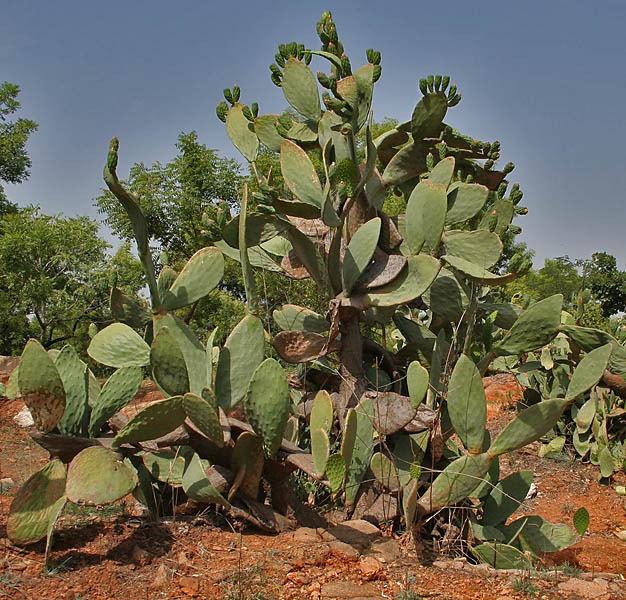 |
| FlatFab |
Concept: I wanted to create something organic using FlatFab. I also wanted to create a sculpture with a somewhat solid 3D form. The main reason I wanted to create a chicken is that it would be recognizable and that I have a friend who loves chickens, it's pretty much a custom between us that whenever we exchange gifts I get them something chicken related, so I've seen many different kinds of chickens represented in many different types of mediums, so I wanted to create my own.
Process: I used FlatFab to create this project. I'll admit I wasn't as used to its vector tools as I was to Illustrators tools, but I managed to create something I was happy with. Most of this project was post processing of the file. First I exported the FlatFab cutting paths as a SVG file and imported it into Illustrator. Second I exported that to a DXF that could be imported by Rhino where I fixed some of the errors created by FlatFab. I submitted the 3DM file to be laser cut but something was wrong with the line width and my file was sent back. Finally I fixed the file in Illustrator as it was the program I was more comfortable with, and sent it back and picked up the cardboard once it was cut. I did have problems where FlatFab didn't generate some of the connections properly and I had to cut and glue some pieces together to create the final model together.
Materials: While the material we used for this project was cardboard I feel that this sculpture would best be visualized in a transparent material like glass or acrylic, because I feel like the viewer could see all aspects of the sculpture at once and appreciate the form.

















































